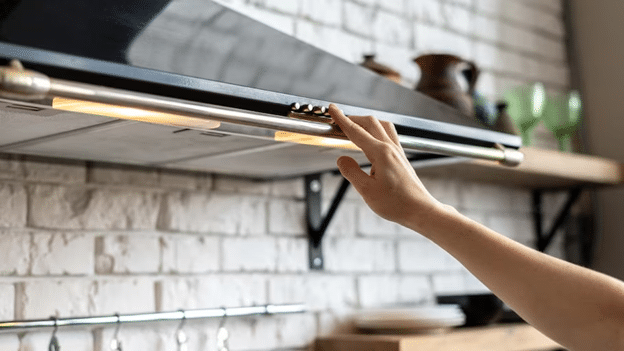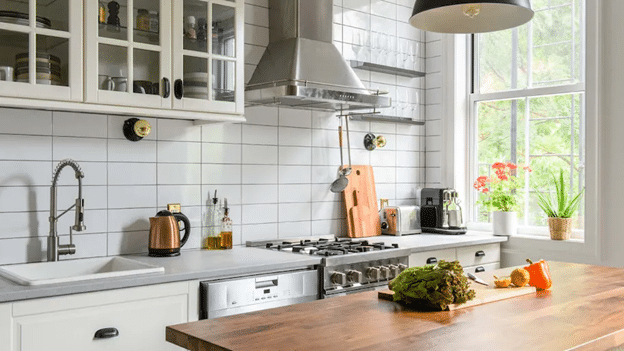If you’ve found yourself in the familiar scenario of vigorously wafting a kitchen towel under your smoke detector more times than you’d care to admit, you’re likely no stranger to the idea of needing a range hood in your kitchen. Indeed, cooking up a storm in a poorly ventilated kitchen can quickly turn into a frustrating ordeal, with smoke billowing and aromas lingering far longer than desired. However, the introduction of a range hood with a high performance hood vent can be a game-changer, whisking away the smoke and maintaining a pleasant atmosphere for culinary creativity to flourish once more. But with a plethora of options available, the question remains: which type of range hood is the perfect fit for your kitchen?
Diving into the world of range hoods unveils a variety of choices, each with its unique features and benefits. Whether you’re considering a ducted or ductless system, the overarching goal remains the same: to effectively capture and remove smoke and odors from your cooking space.
Types of Range Hoods
Range hoods come in diverse forms, catering to different kitchen layouts and preferences. Let’s explore the most common types:
Wall-Mounted
These are the quintessential range hoods, affixed directly to the wall above your stove. Positioned ideally between two to three feet above the cooking surface, they come in various sizes and designs, seamlessly blending with your kitchen decor.
Island
Perfect for spacious kitchens with an island stove setup, these hoods suspend from the ceiling, creating a striking focal point while efficiently ventilating the cooking area below.
Downdraft
Offering a sleek and discreet design, downdraft hoods emerge from behind the stove when activated, providing ventilation without obstructing sightlines or interfering with kitchen aesthetics.
Microwave
Popular in compact kitchens where space is at a premium, these hoods integrate seamlessly with the microwave, maximizing functionality while minimizing footprint.
How Do Range Hoods Work?

Regardless of the type, all range hoods operate on the same principle: capturing and eliminating smoke and odors. Equipped with fan motors, they draw in air laden with steam and grease, either expelling it outside through ducts or filtering and recirculating it back into the kitchen.
Ducted vs. Ductless Range Hoods
The choice between ducted and ductless range hoods hinges on various factors, including kitchen layout, space availability, and ventilation requirements.
Ducted Range Hoods
Harnessing ducts to create a ventilation system, these hoods excel at expelling smoke and odors outdoors, offering optimal performance and moisture removal. However, their installation demands adequate space and professional expertise, making them ideal for larger kitchens with accessible exterior walls.
Ductless Range Hood
Operating without ducts, these hoods rely on charcoal filters to purify and recirculate air within the kitchen. While they offer flexibility and ease of installation, they may fall short in terms of efficiency compared to their ducted counterparts, making them better suited for smaller kitchens or spaces where duct installation is impractical.
How Much Do Range Hoods Cost?
Installing a range hood entails financial considerations beyond the initial purchase cost. With installation expenses averaging around $750, homeowners must account for labor costs, ranging from $200 to over $1,000, depending on the complexity of the installation and professional fees.
While hiring a professional ensures proper installation and functionality, DIY enthusiasts may opt for simpler installations, particularly with ductless models, to reduce expenses and achieve personalized results.
In Conclusion
A range hood isn’t just a practical addition to your kitchen; it’s a vital component that enhances cooking experiences and maintains a clean, comfortable environment for culinary adventures. By understanding the diverse range of options, operational mechanisms, and installation considerations, homeowners can make informed decisions that elevate their kitchen spaces while enjoying the benefits of efficient ventilation and odor control.

